Home>Storage Ideas>Storage Baskets>How To Take Care Of Petunia Hanging Baskets
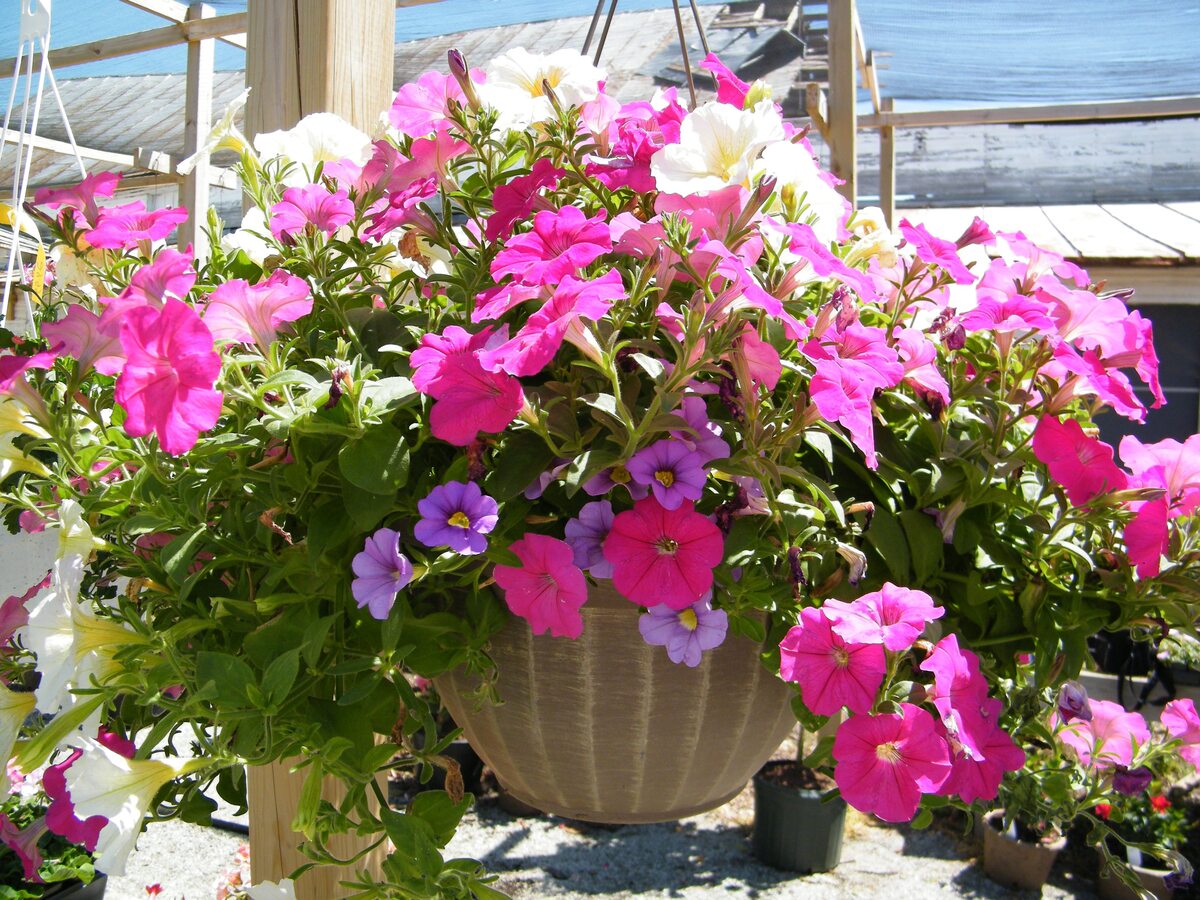

Storage Baskets
How To Take Care Of Petunia Hanging Baskets
Modified: February 24, 2024
Discover the best tips for taking care of your petunia hanging baskets. From watering to fertilizing, learn how to keep your storage baskets thriving and beautiful.
(Many of the links in this article redirect to a specific reviewed product. Your purchase of these products through affiliate links helps to generate commission for Storables.com, at no extra cost. Learn more)
Introduction
Welcome to the world of petunia hanging baskets! These beautiful and vibrant flowers have captured the hearts of gardeners and flower enthusiasts alike. Whether you’re a seasoned gardener or just starting out, petunia hanging baskets are a fantastic addition to any outdoor space. In this article, we will guide you on how to take care of petunia hanging baskets and ensure they thrive throughout the growing season.
Petunia hanging baskets are known for their stunning colors and cascading blooms. They add a touch of elegance and charm to porches, balconies, and garden spaces. With proper care and maintenance, you can enjoy a stunning display of these gorgeous flowers all summer long.
Before we dive into the nitty-gritty of caring for petunia hanging baskets, let’s talk about choosing the right location for them.
Key Takeaways:
- Transform your outdoor space with vibrant petunia hanging baskets. Choose a sunny, wind-protected location, water and fertilize regularly, and practice pruning to enjoy a stunning display of cascading blooms all season long.
- Keep your petunia hanging baskets healthy and thriving with proper care. From watering and fertilizing to pest control and overwintering, these beautiful flowers will reward you with a colorful oasis in your outdoor space.
Read more: How To Plant Petunias In Hanging Baskets
Choosing the Right Location
When it comes to growing petunia hanging baskets, location is key. These colorful flowers thrive in areas with ample sunlight. Look for a spot that receives at least 6 hours of direct sunlight each day.
It’s important to place your petunia hanging baskets in a location that is protected from strong winds. Excessive wind can damage the delicate blooms and cause them to wither prematurely. Consider hanging your baskets in a covered porch or patio, or use a hanging bracket to secure them against a sturdy wall.
Another factor to consider is the temperature of the location. Petunias prefer mild to warm temperatures, around 65-75°F (18-24°C). Extreme heat or cold can stress the plants and affect their overall health and blooming potential.
Furthermore, be mindful of the spacing between the hanging baskets. Avoid overcrowding them, as this can restrict airflow and promote the spread of diseases. Aim for a spacing of about 12-18 inches between each basket.
By selecting a suitable location for your petunia hanging baskets, you are laying the foundation for healthy growth and abundant blooms. Now, let’s move on to the next crucial aspect of caring for these flowers: watering and moisture.
Watering and Moisture
Proper watering is essential for the health and vitality of petunia hanging baskets. These flowers have moderate water needs and prefer consistently moist soil without being waterlogged.
Check the moisture level of the soil regularly by inserting your finger about an inch into the soil. If it feels dry, it’s time to water. Water the basket thoroughly, ensuring that the water reaches all parts of the container, including the roots. Allow any excess water to drain out through the bottom drainage holes.
During hot summer days, petunia hanging baskets may require more frequent watering, as the heat can cause the soil to dry out quickly. Aim to water them at least once a day, and consider watering twice a day during extreme heatwaves.
Avoid overwatering, as this can lead to root rot and other fungal diseases. It’s better to underwater slightly than to overwater. Before watering again, make sure to check the moisture level of the soil to avoid unnecessary water stress.
In addition to regular watering, it’s important to maintain proper moisture levels in the air around the hanging baskets. Petunias thrive in a slightly humid environment. You can increase humidity by misting the foliage of the plants with water using a fine spray bottle. This practice is especially beneficial in dry and arid climates.
By providing adequate water and maintaining the right moisture levels, you will ensure the health and vigor of your petunia hanging baskets. Next up, let’s talk about fertilizing and nutrients.
Fertilizing and Nutrients
Proper fertilization is essential for promoting healthy growth and vibrant blooms in petunia hanging baskets. These flowers are heavy feeders and require regular doses of nutrients to thrive throughout the growing season.
Start by incorporating a slow-release fertilizer into the potting mix when planting your petunia hanging baskets. This will provide a steady supply of nutrients over an extended period. Follow the package instructions for the appropriate application rate based on the size of your baskets.
In addition to the initial fertilizer application, it’s important to continue feeding your petunias throughout the season. Use a water-soluble fertilizer formulated for flowering plants, such as a balanced 10-10-10 or 20-20-20 NPK fertilizer.
Apply the water-soluble fertilizer every two weeks during the growing season. Mix the fertilizer according to the package instructions and thoroughly water the baskets with the solution. This regular feeding regime will provide the necessary nutrients for robust growth and abundant blooms.
Remember to water the baskets before applying the fertilizer to avoid burning the roots. Additionally, avoid applying fertilizer to dry soil, as this can lead to nutrient imbalance and potential damage to the plants.
Aside from regular fertilization, petunia hanging baskets can benefit from an organic boost. Consider incorporating organic materials such as compost or well-rotted manure into the potting mix during planting. These organic amendments enrich the soil with essential nutrients and improve its overall structure.
By providing regular doses of fertilizer and incorporating organic matter into the soil, you are setting the stage for robust growth and stunning blooms in your petunia hanging baskets. Now, let’s move on to the next aspect of care: pruning and deadheading.
Water petunia hanging baskets regularly, making sure the soil is consistently moist but not waterlogged. Deadhead faded flowers to encourage continuous blooming. Fertilize every 2-4 weeks to promote healthy growth.
Pruning and Deadheading
Pruning and deadheading are crucial practices for maintaining the appearance and prolonging the blooming period of petunia hanging baskets. By regularly removing spent flowers and managing the growth, you can encourage continuous blooming and prevent the plants from becoming leggy or overgrown.
Deadheading is the process of removing faded or wilting flowers. This not only improves the aesthetic appeal of the baskets but also redirects the plant’s energy towards producing new blooms rather than setting seeds. Using clean, sharp pruners or scissors, snip off the faded flowers close to the stem. Be sure to remove the entire flower head to prevent the seeds from developing.
Regular deadheading stimulates the production of new flower buds, ensuring a constant display of colorful blooms. Aim to deadhead your petunia hanging baskets at least once a week throughout the growing season or as soon as the flowers begin to fade.
Aside from deadheading, occasional pruning helps maintain a compact and bushy shape for your petunias. Use sharp pruners to trim back any leggy or overly long stems. Cutting back the stems encourages branching and creates a fuller, more attractive appearance.
When pruning, make clean cuts just above the node or leaf junction. Avoid cutting too close to the main stem, as this can damage the plant. Take care not to prune excessively, as this can inhibit the plant’s ability to produce flowers.
Regular pruning and deadheading not only improve the overall appearance of your petunia hanging baskets but also promote healthier growth and prolong the blooming period. Now, let’s discuss how to deal with pest and disease control for your plants.
Read more: How To Deadhead Petunias In Hanging Baskets
Pest and Disease Control
Like any other plants, petunia hanging baskets can be susceptible to pests and diseases. However, with proper vigilance and proactive measures, you can keep these issues at bay and ensure the health of your plants.
One common pest that can affect petunias is aphids. These small insects feed on the plant’s sap and can cause stunted growth and distorted leaves. To control aphids, you can use natural remedies like spraying a mixture of water and dish soap onto the affected areas, or introducing beneficial predator insects such as ladybugs or lacewings.
Another common pest is spider mites, which can cause webbing and yellowing of leaves. Regularly misting your petunia hanging baskets with water can help deter spider mites. If an infestation occurs, you can use an insecticidal soap or horticultural oil to control them.
As for diseases, one to watch out for is powdery mildew. This fungal infection appears as a white powdery coating on the leaves. To prevent powdery mildew, make sure your petunias have good air circulation and avoid overhead watering. If powdery mildew appears, treat it with a fungicide specifically formulated for this disease.
Rotting or wilting stems may be a sign of root rot, which is caused by overwatering or poorly drained soil. To prevent root rot, make sure your hanging baskets have proper drainage and avoid overwatering. If root rot is suspected, carefully remove the affected plant, trim away any rotten roots, and repot the healthy portion in fresh, well-draining soil.
Regularly inspect your petunia hanging baskets for signs of pests or diseases. Early detection and prompt action can help prevent the spread and minimize damage. By adopting good gardening practices and keeping a watchful eye, you can maintain healthy and thriving petunias in your hanging baskets.
Now that we’ve covered pest and disease control, let’s move on to the topic of overwintering petunia hanging baskets to ensure their survival through the colder months.
Overwintering Petunia Hanging Baskets
While petunias are typically grown as annuals, with proper care, you can overwinter your petunia hanging baskets and enjoy their beauty for another season. Overwintering involves protecting the plants from frost and providing optimal conditions for dormancy.
As winter approaches, assess the health and vigor of your petunia hanging baskets. Remove any diseased or dead foliage and trim back the plants to a more compact size, leaving a few inches of growth. This will help the plants conserve energy during their dormant period.
If you live in an area where temperatures drop below freezing, it’s best to bring your petunia hanging baskets indoors. Choose a cool, well-ventilated location such as a garage, basement, or greenhouse. Place the baskets near a window to provide them with some natural light.
Water the plants sparingly during the winter months, as they require less moisture while dormant. Aim to keep the soil slightly moist but not wet, as overwatering can lead to root rot. Monitor the soil moisture level and adjust your watering accordingly.
Alternatively, if you have a suitable outdoor space, you can protect your petunia hanging baskets from frost by wrapping them in burlap or frost blankets. This insulation will help shield the plants from extreme cold temperatures. Be sure to remove the covers during mild periods to allow for air circulation.
As spring approaches and the threat of frost subsides, gradually acclimate your petunia hanging baskets to outdoor conditions. Place them outdoors during the day and bring them back indoors at night for a week or two. This will help the plants adjust to the change in temperature and sunlight.
Once the danger of frost has passed and the weather warms up, you can transition your petunia hanging baskets back to their original outdoor locations. Resume regular watering and fertilizing to encourage new growth and prepare for another season of stunning blooms.
By following these overwintering techniques, you can successfully protect your petunia hanging baskets during colder months and give them a chance to thrive again in the following year.
With proper care and maintenance, petunia hanging baskets can bring joy and beauty to your outdoor space. Remember to choose the right location, provide adequate water and nutrients, practice pruning and deadheading, ensure pest and disease control, and prepare for overwintering. By following these steps, your petunia hanging baskets will reward you with a spectacular display of vibrant colors and cascading blooms.
Happy gardening!
Conclusion
Congratulations! You are now equipped with the knowledge and techniques to successfully care for petunia hanging baskets. These beautiful and vibrant flowers can transform any outdoor space into a colorful oasis. By choosing the right location, providing proper watering and moisture, nourishing with fertilizers, practicing pruning and deadheading, controlling pests and diseases, and preparing for overwintering, you can ensure the health and longevity of your petunia hanging baskets.
Remember to select a location that receives ample sunlight and protection from strong winds. Water your baskets consistently and avoid overwatering to prevent root rot. Regularly fertilize your petunias to provide them with the necessary nutrients for vibrant growth and blooming. Prune and deadhead your plants to maintain their shape and encourage continuous blooms.
Stay vigilant for common pests such as aphids and spider mites, and take proactive measures to control them naturally. Monitor your plants for diseases like powdery mildew and take prompt action to prevent their spread. When winter approaches, either bring your baskets indoors or protect them from freezing temperatures to ensure their survival.
With these care tips in mind, your petunia hanging baskets will reward you with a breathtaking display of colors and cascading blooms throughout the growing season. So, roll up your sleeves, grab your gardening tools, and get ready to enjoy the beauty and charm of petunias in your outdoor space.
Remember, gardening is not only about the end result; it is also a therapeutic and rewarding activity. Take the time to enjoy the process, connect with nature, and nurture these beautiful plants. Happy gardening!
Frequently Asked Questions about How To Take Care Of Petunia Hanging Baskets
Was this page helpful?
At Storables.com, we guarantee accurate and reliable information. Our content, validated by Expert Board Contributors, is crafted following stringent Editorial Policies. We're committed to providing you with well-researched, expert-backed insights for all your informational needs.
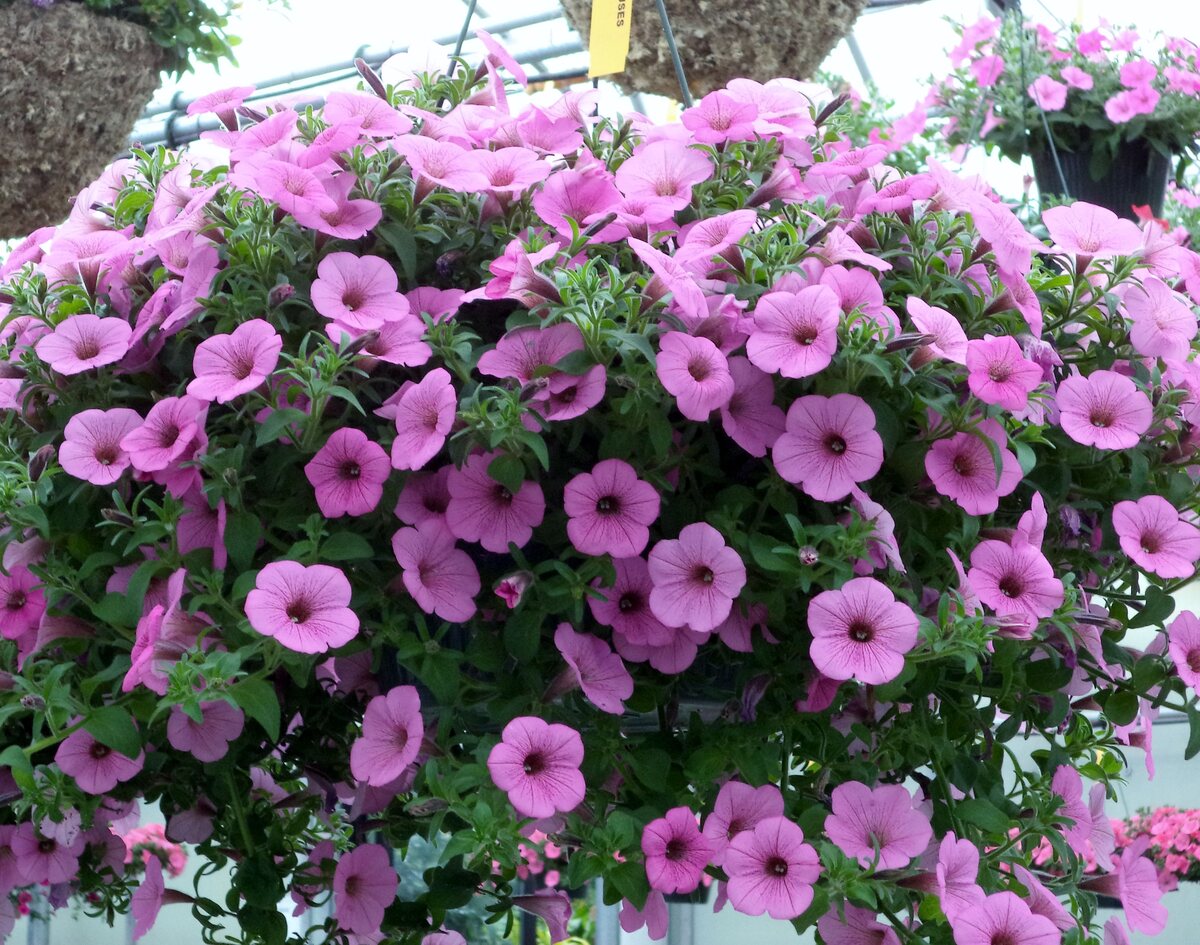
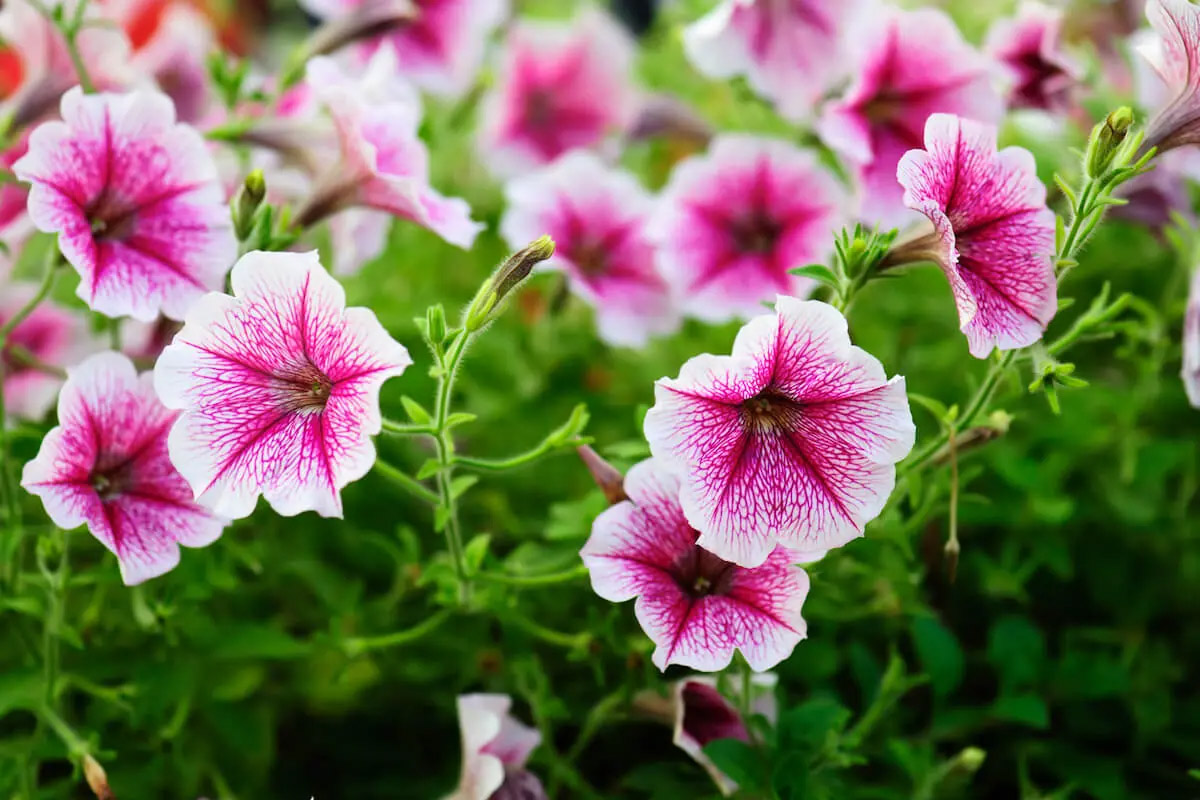


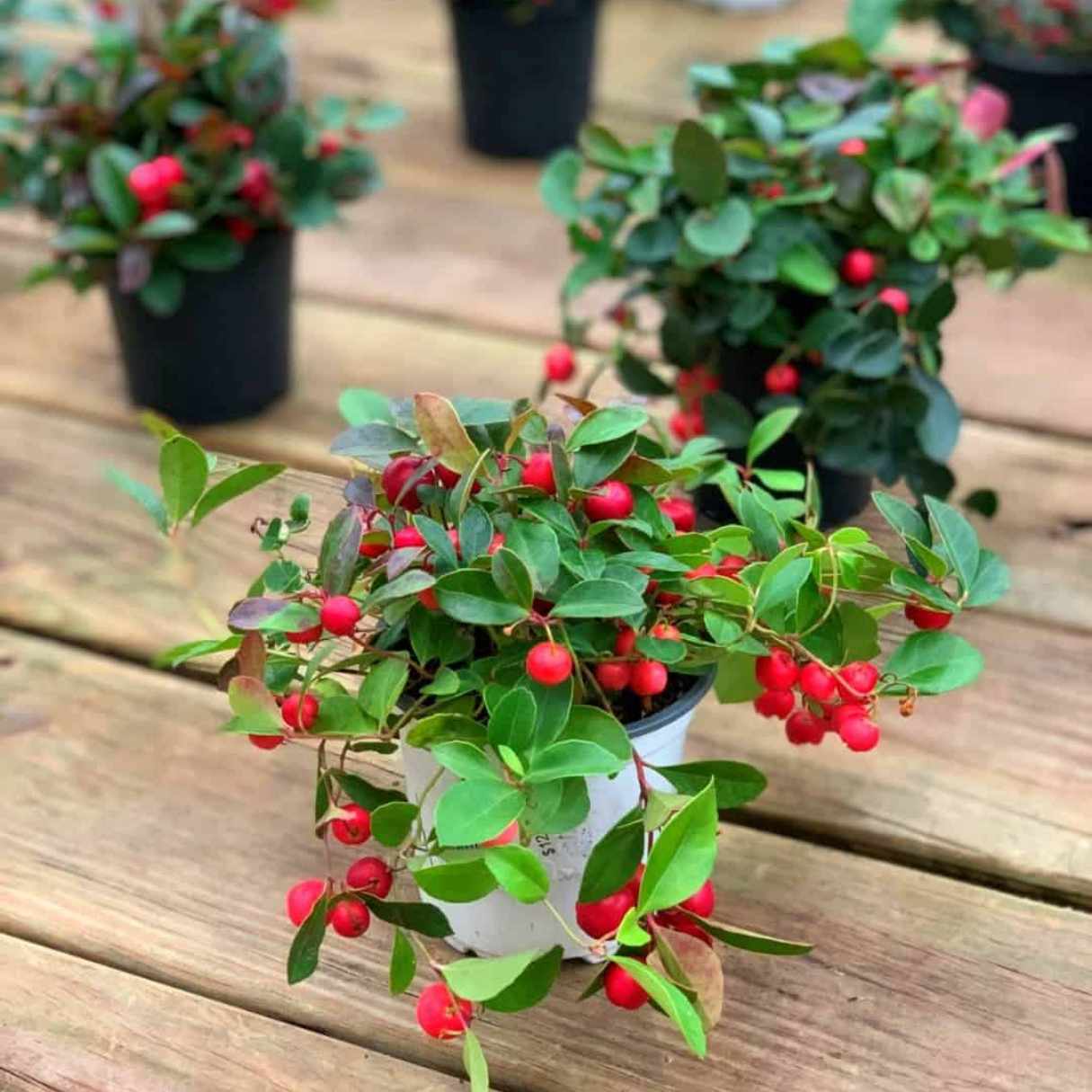
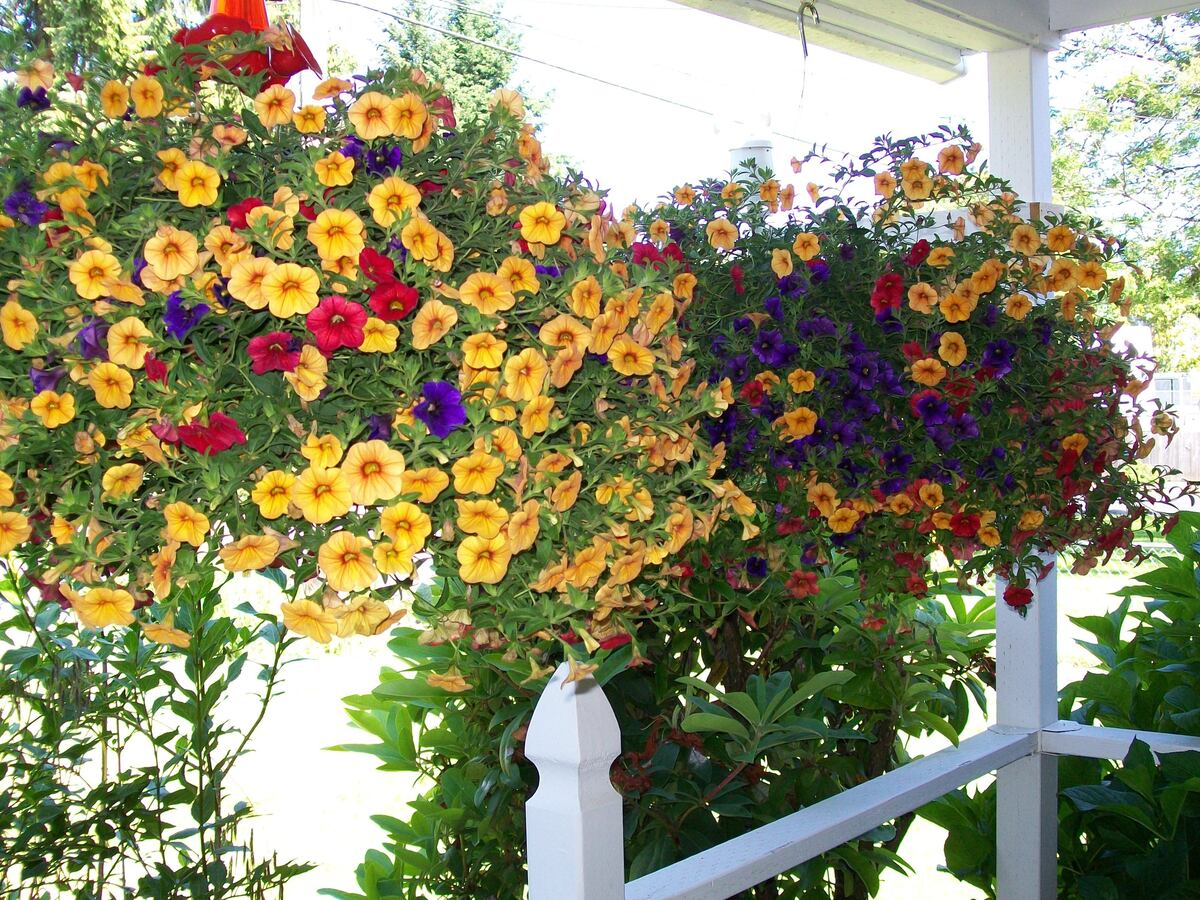
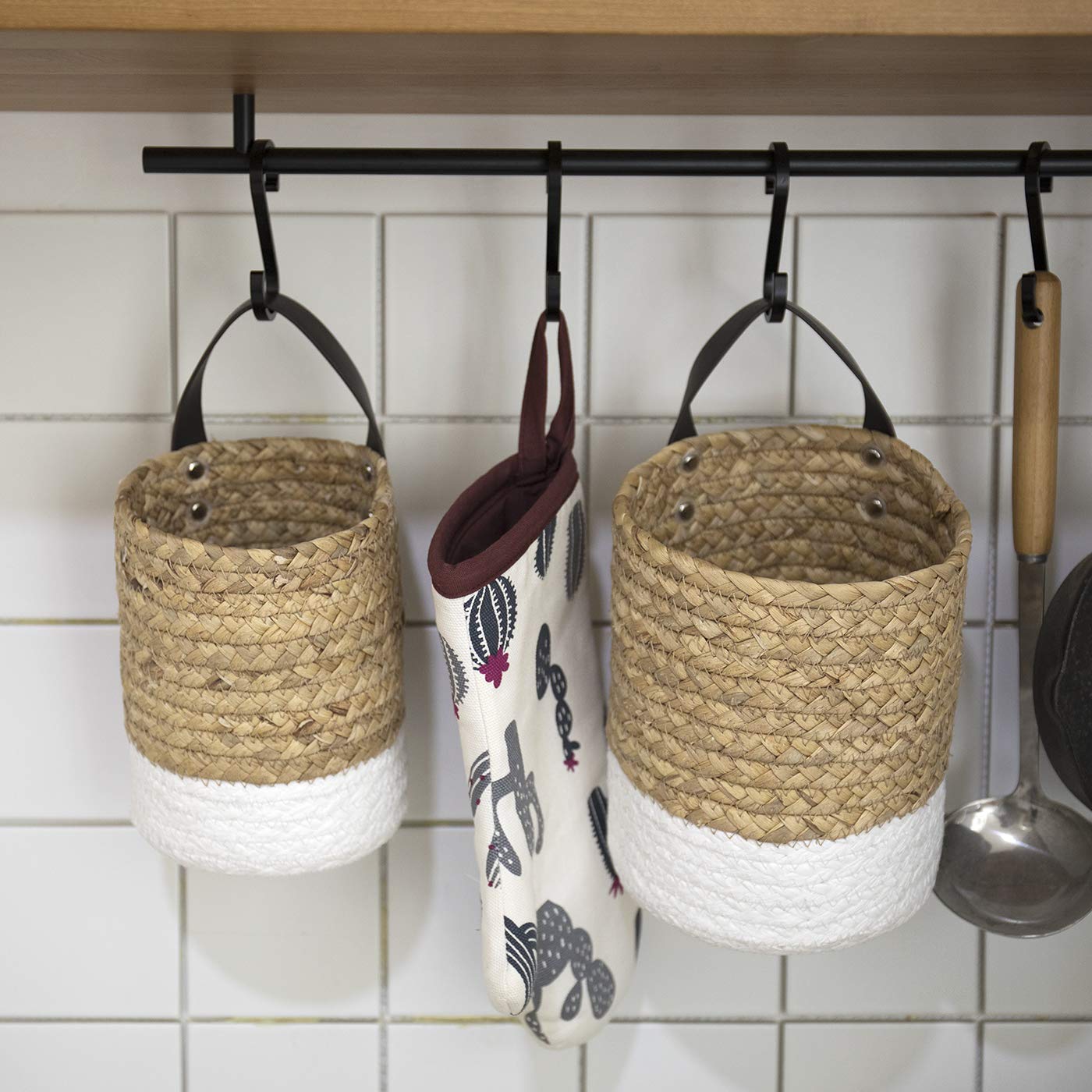
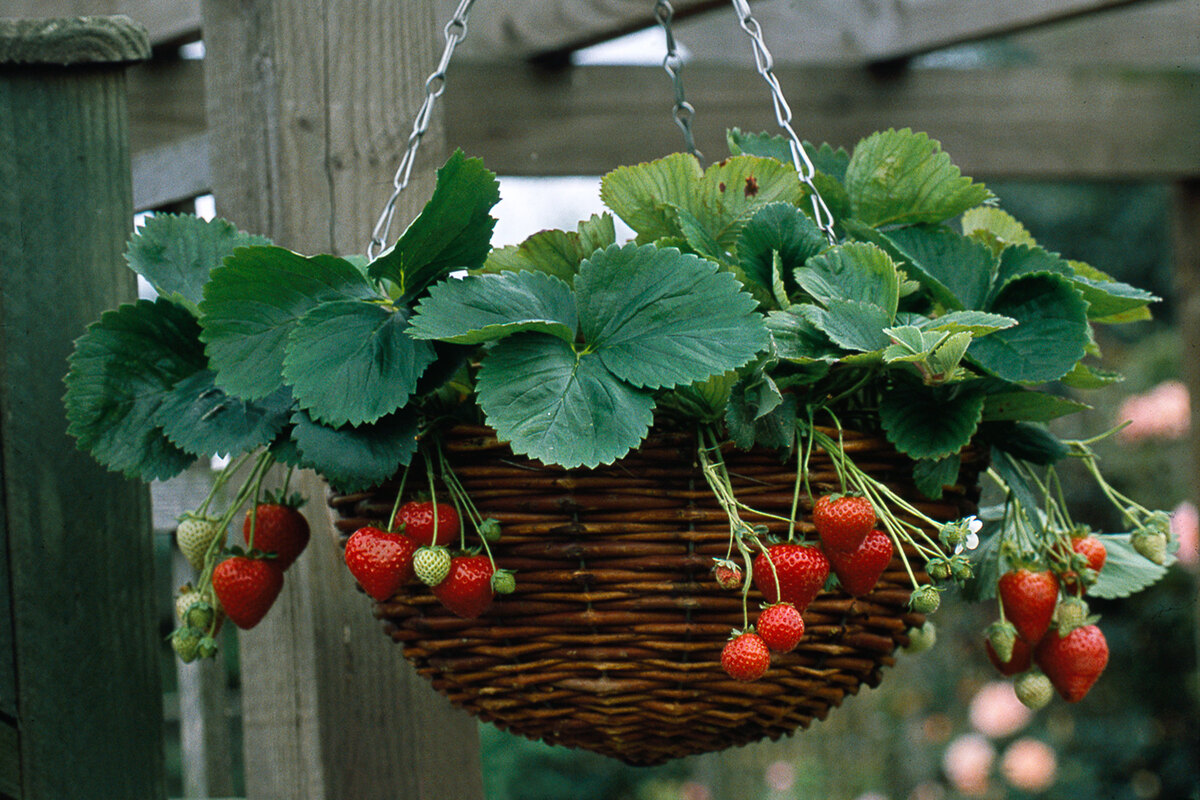
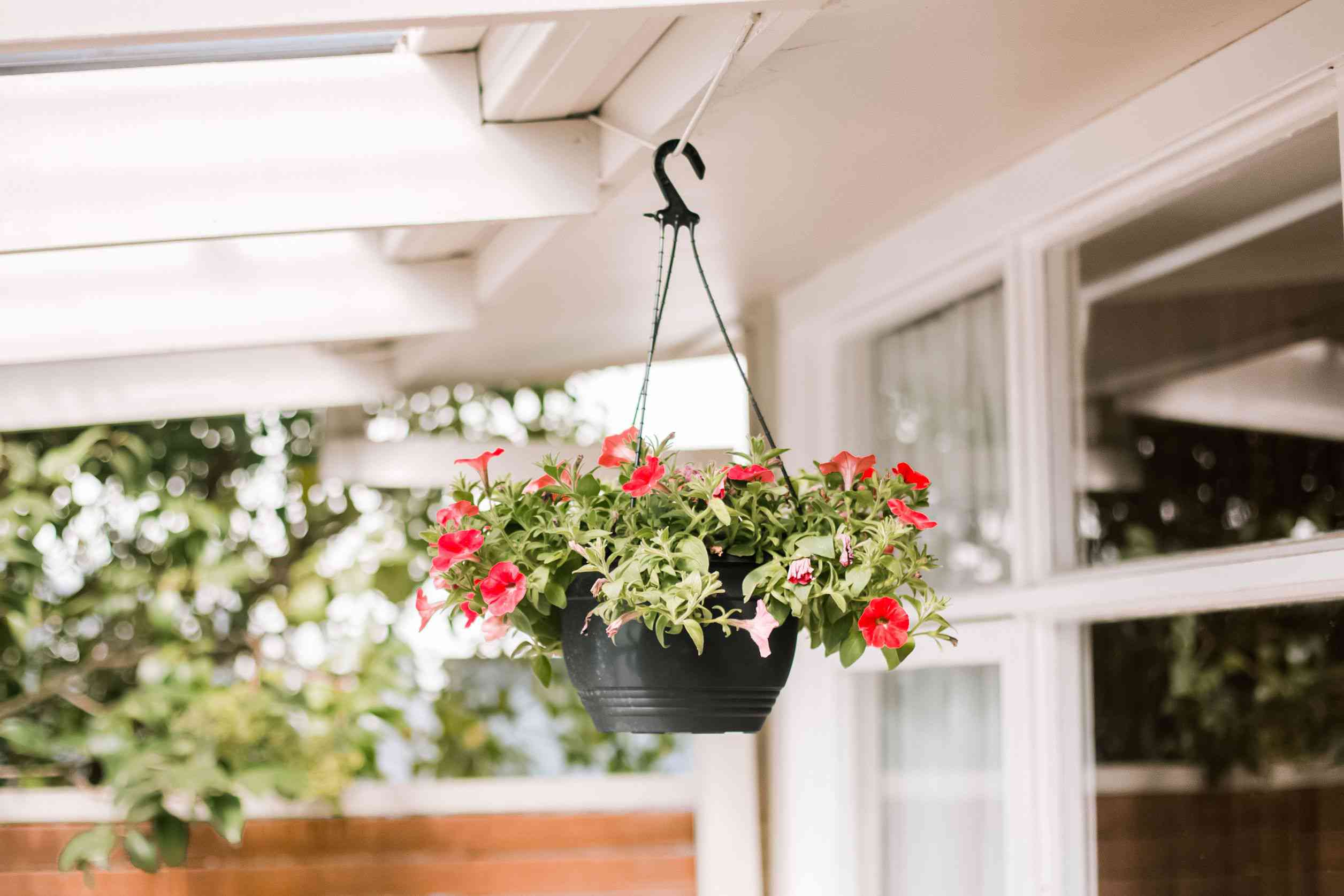
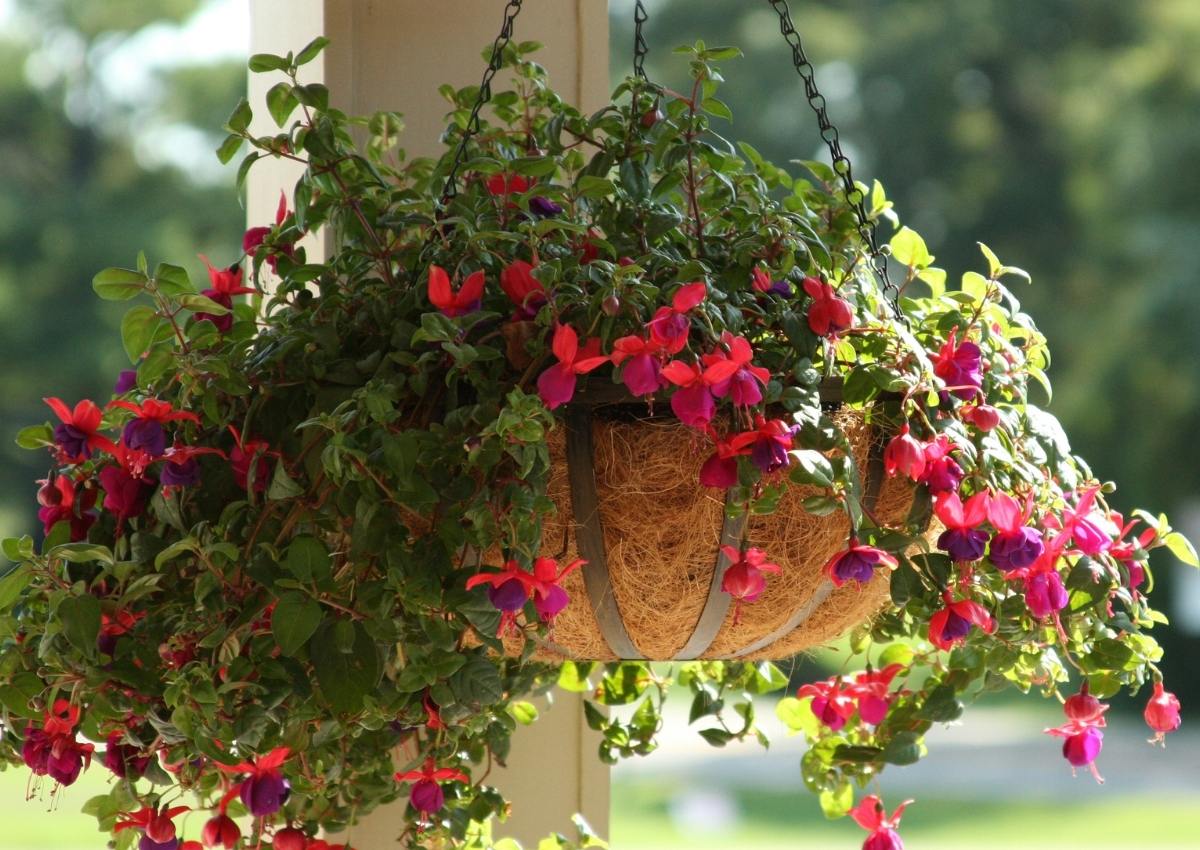

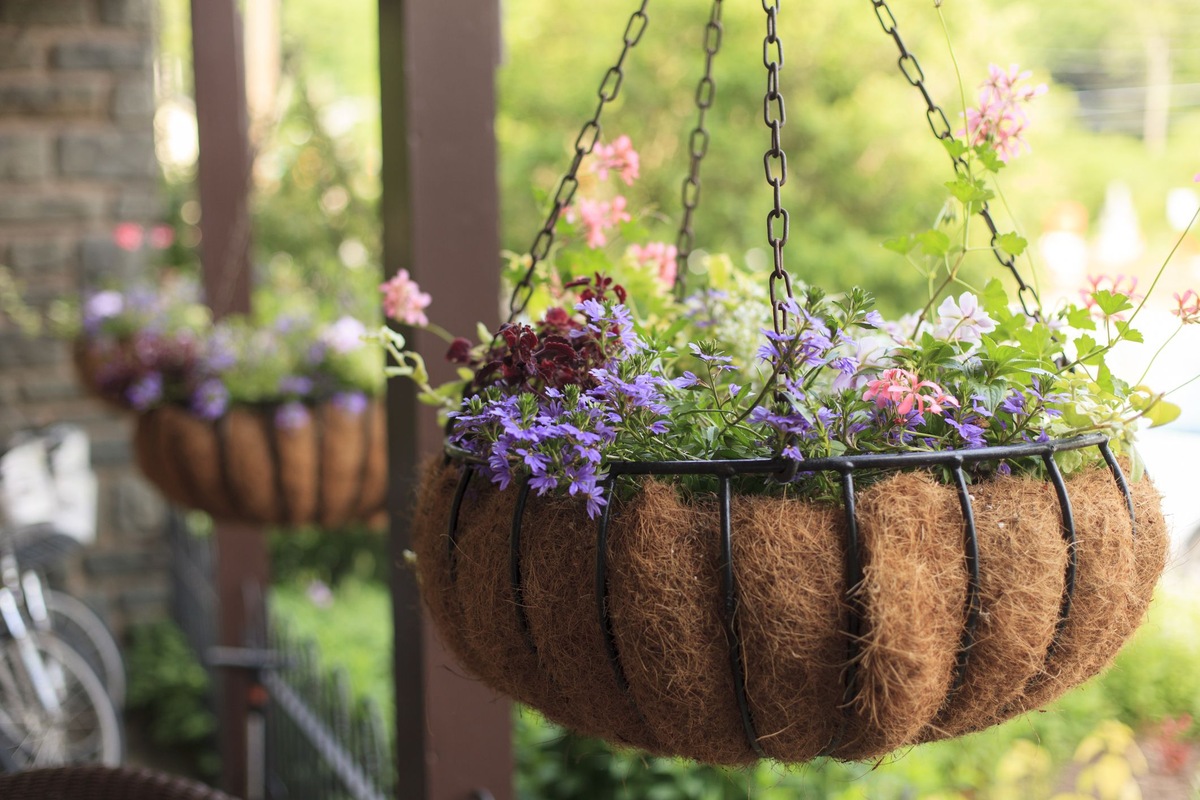
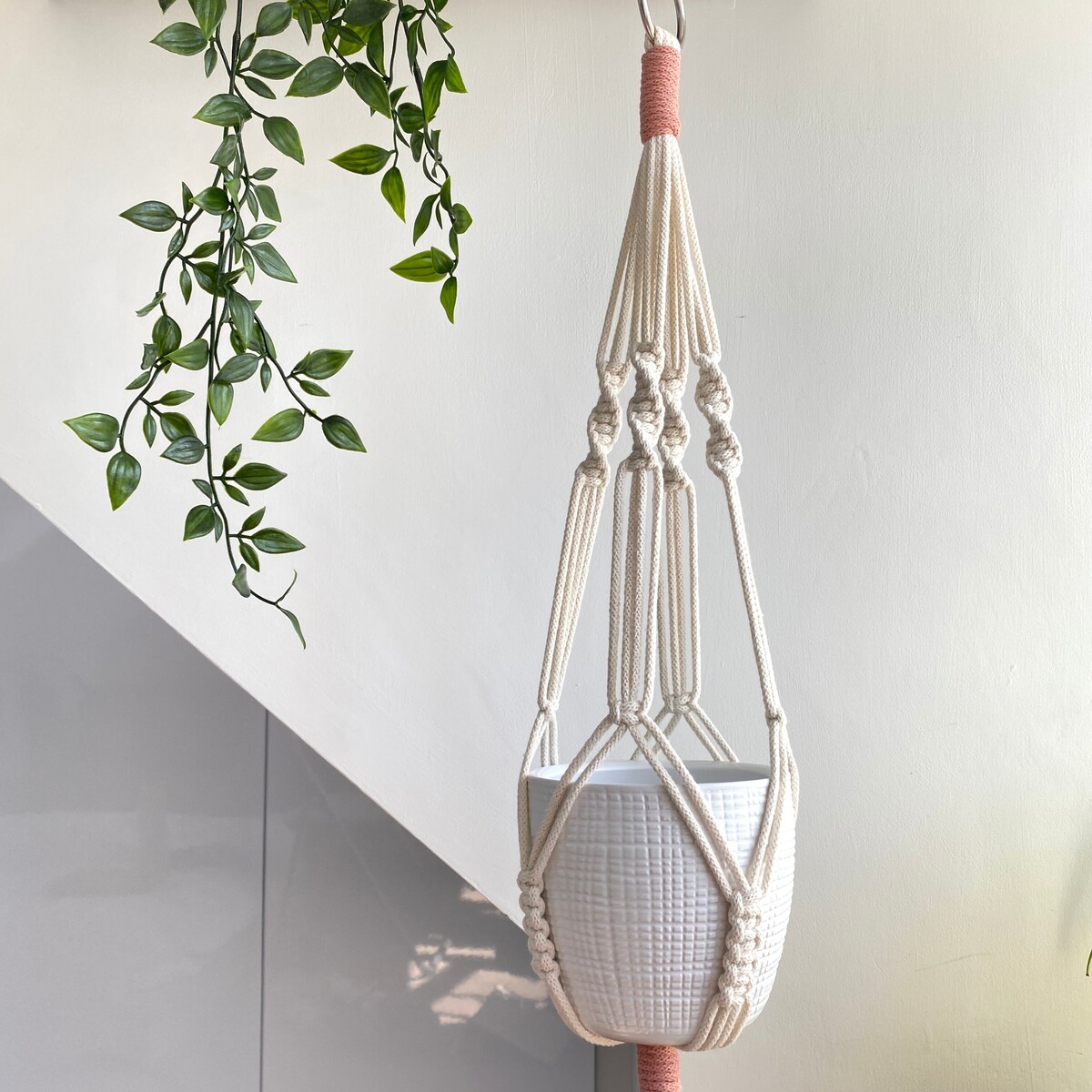
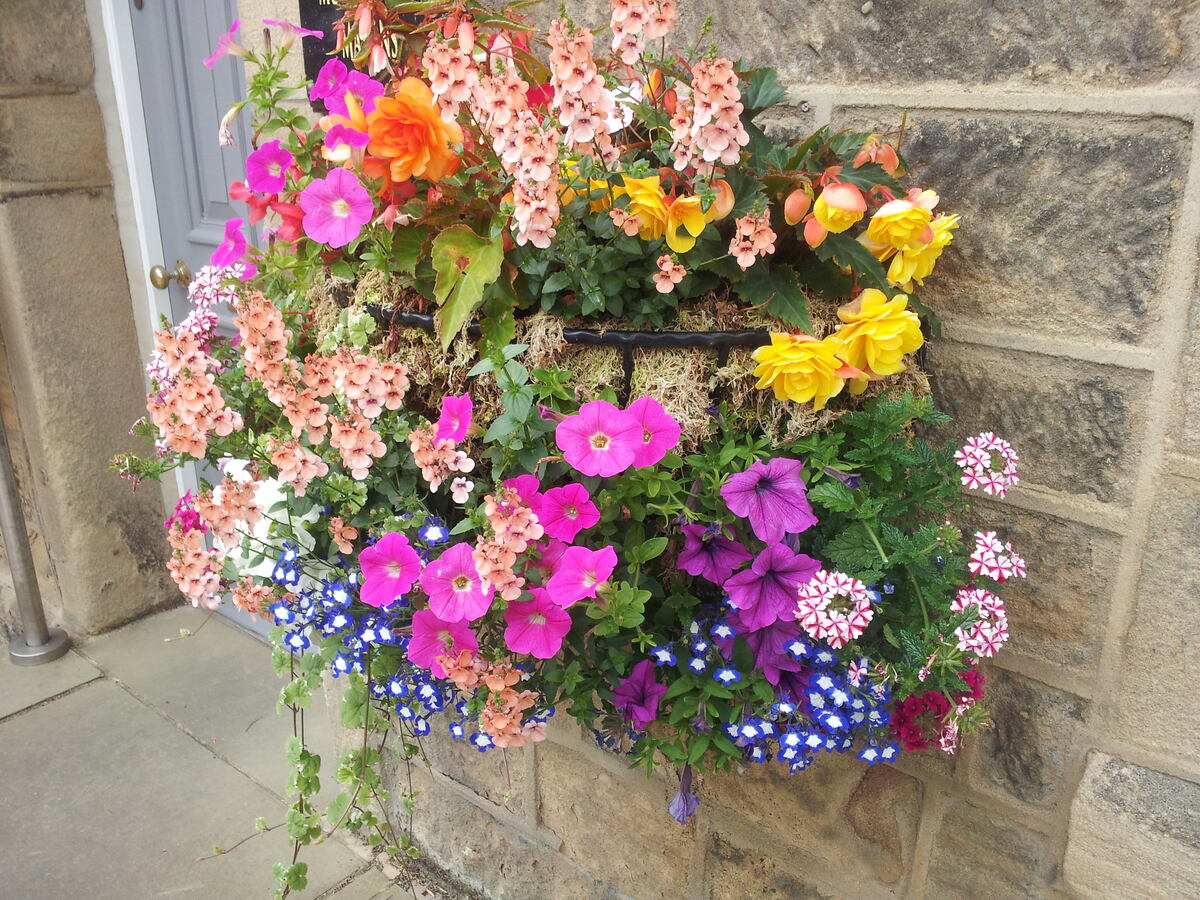

0 thoughts on “How To Take Care Of Petunia Hanging Baskets”